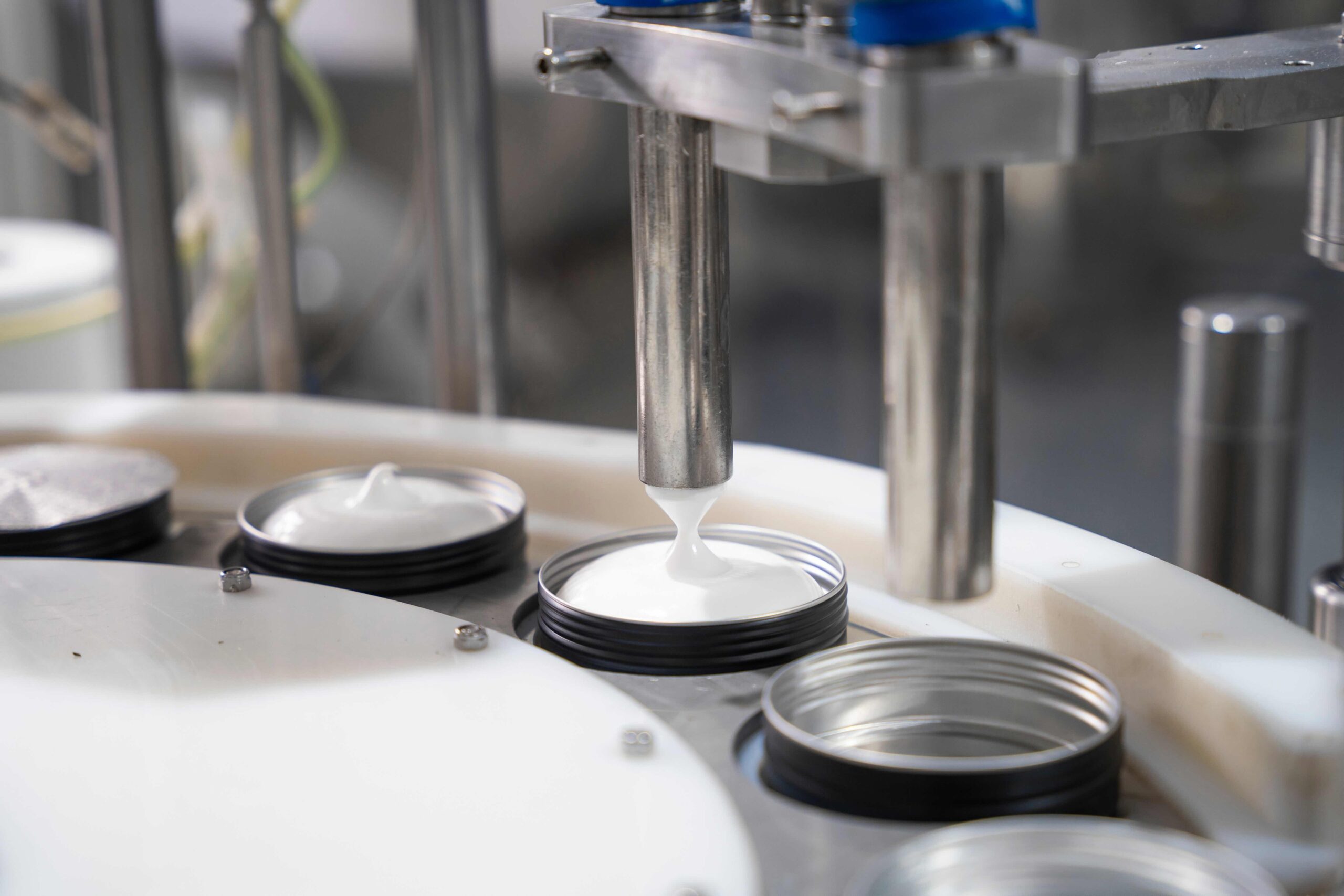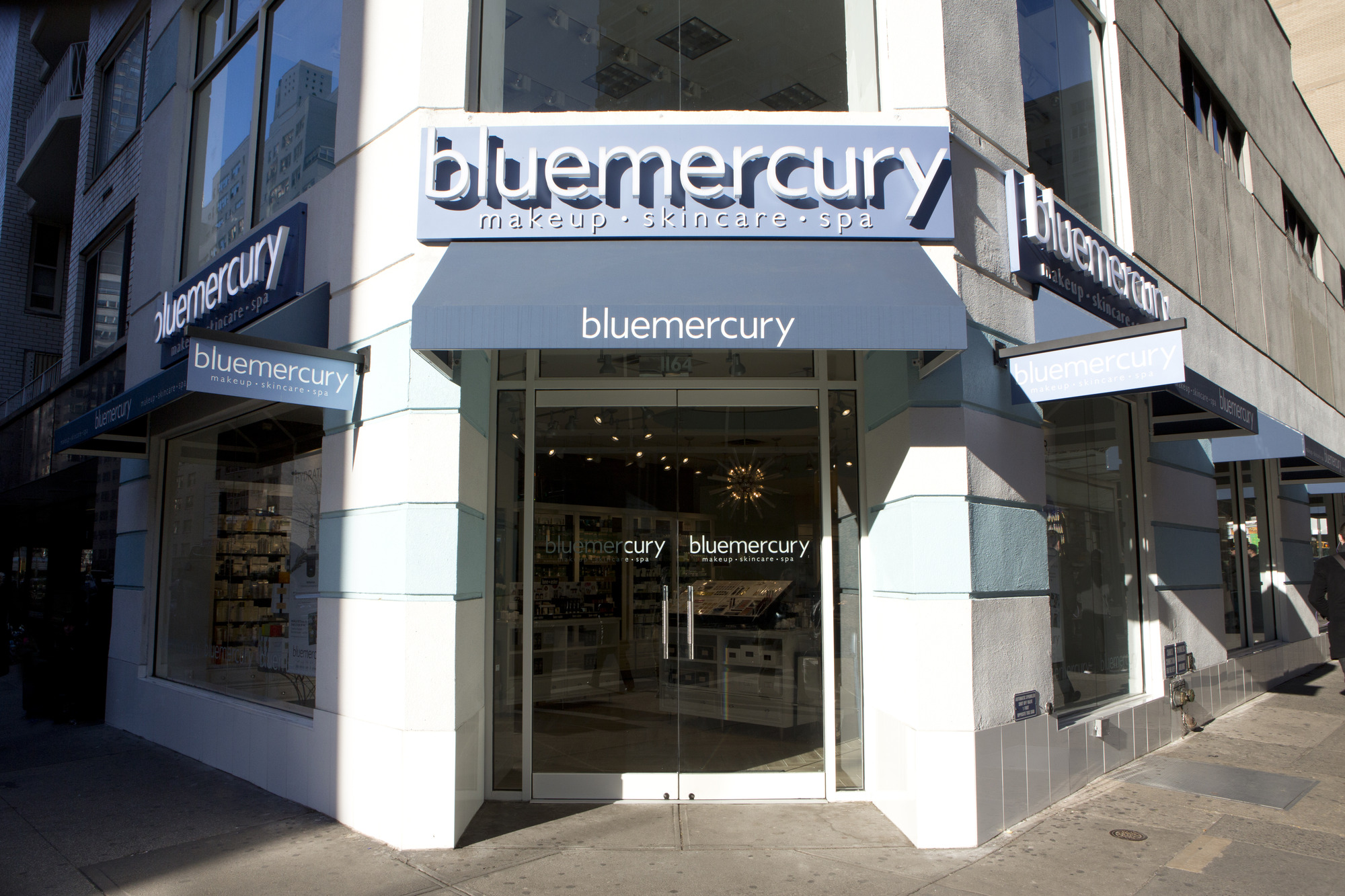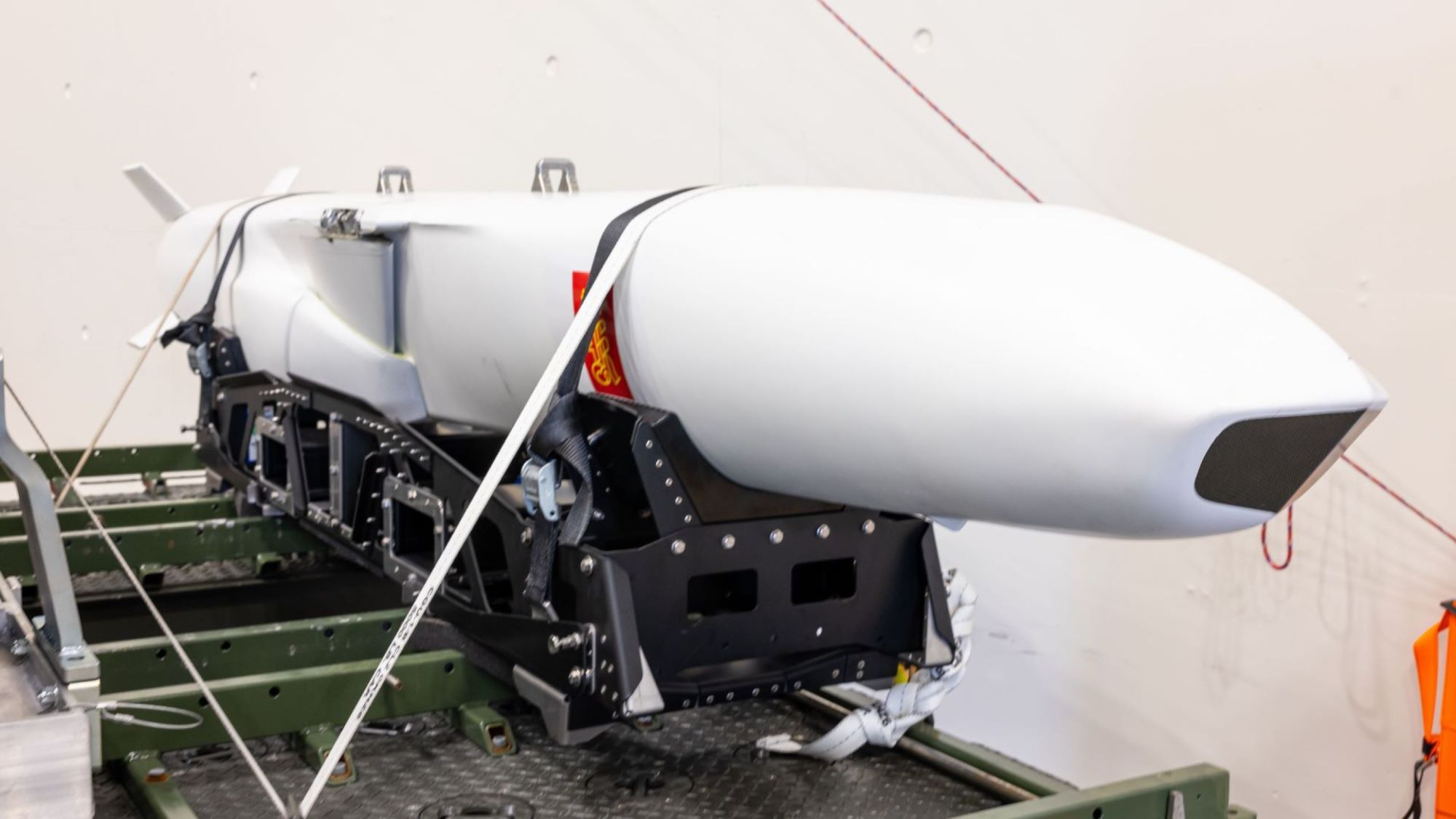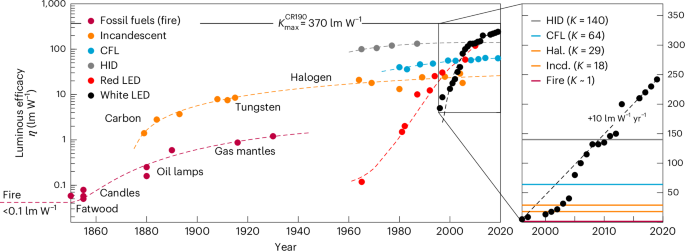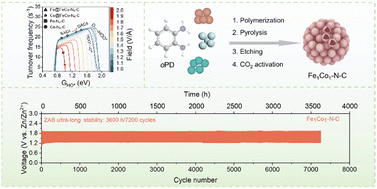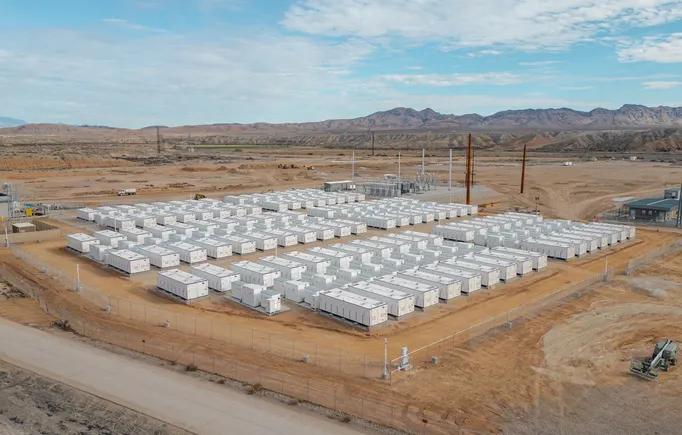Shein hikes prices, as tariffs hit ultra fast fashion sector
Shein. Credits: Unsplash. Shein’s recent US price hikes highlight the effects of Washington’s decision to scrap the “de minimis” exemption for small parcels from China and Hong Kong. In late April, Shein raised prices across its catalogue—beauty and health items surged by an average 51 percent, home goods by over 30 percent (including a 377 percent spike for a kitchen-towel set), and women’s apparel by 8 percent—ahead of new 120 percent tariffs and rising per-item fees slated for May and June. A Bloomberg sample basket even showed a roughly 10 percent jump in Shein’s US prices over just two days, with several items delisted, while UK pricing remained untouched. These moves follow strategic supply-chain pivots: in February, Shein incentivized suppliers to build production capacity in Vietnam, and rival Temu adopted a “half-custody” model to ship goods in bulk direct to US warehouses. Despite these efforts, American shoppers rushed to stockpile everything from makeup brushes to home appliances in March and April, anticipating further increases. Now, the ultra-fast fashion sector faces a critical juncture: it must reconcile its hallmark affordability with escalating import costs or risk eroding the price-conscious base that fueled its meteoric rise.

Shein’s recent US price hikes highlight the effects of Washington’s decision to scrap the “de minimis” exemption for small parcels from China and Hong Kong.
In late April, Shein raised prices across its catalogue—beauty and health items surged by an average 51 percent, home goods by over 30 percent (including a 377 percent spike for a kitchen-towel set), and women’s apparel by 8 percent—ahead of new 120 percent tariffs and rising per-item fees slated for May and June. A Bloomberg sample basket even showed a roughly 10 percent jump in Shein’s US prices over just two days, with several items delisted, while UK pricing remained untouched.
These moves follow strategic supply-chain pivots: in February, Shein incentivized suppliers to build production capacity in Vietnam, and rival Temu adopted a “half-custody” model to ship goods in bulk direct to US warehouses. Despite these efforts, American shoppers rushed to stockpile everything from makeup brushes to home appliances in March and April, anticipating further increases.
Now, the ultra-fast fashion sector faces a critical juncture: it must reconcile its hallmark affordability with escalating import costs or risk eroding the price-conscious base that fueled its meteoric rise.















































